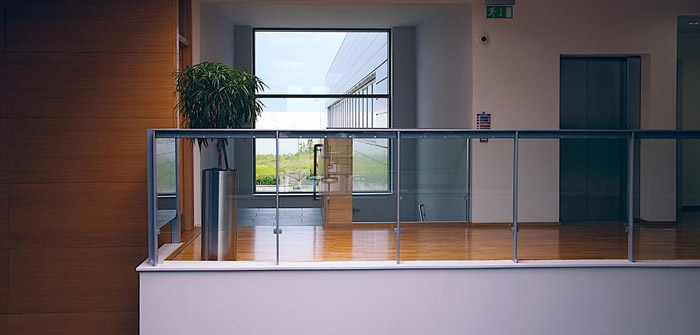(Photo | Pexels)
Passengers in an airplane during turbulent weather are anxiously wondering, will the airplane remain level, rapidly ascend or take a sudden plunge? The natural laws of motion suggest that the airplane will remain in a state of equilibrium unless acted on by severe forces that cannot be managed by the control surfaces on the wings.
The same theory of equilibrium can be applied to commercial real estate (CRE) as severe economic turbulence impacts the marketplace. Recent turbulence includes a world-wide pandemic, rapid rise in interest rates, across the board supply shortages and persistent labor shortage. CRE owners and users are wondering if CRE will find equilibrium, rapidly ascend or take a sudden plunge?
Any or all three scenarios could occur and here is how it might play out:
Q: Will CRE markets find equilibrium?
The turbulence right now in Central Oregon is in materials shortages, limited labor supply and appropriately zoned land. In Redmond, there is currently 170,000 square feet of industrial buildings planned and/or permitted, but these buildings are not being built because the projected high costs of the end product. Developers suggest that current lease rates, at an average of $1.00 per square foot would need to be $1.25 or higher per square foot to justify their investment. Lease rates are much higher in Bend with severely limited space availability and very little new inventory planned.
A: Expect commercial real estate in Central Oregon to be in a state of inventory shortage for the near future.
Q: Will Commercial Real Estate Values Rise Rapidly?
According to an April, 2022 national market report published by the National Association of Realtors, CRE cap rates continued to decline. Cap rate is a ratio between the net operating income and the purchase price. The number expressed as a percentage and is used when comparing various investment options. National averages show apartment acquisitions had the lowest cap rate of 4.9 percent, followed by industrial at 5.9 percent. Hotel properties had the highest cap rates, at 8.6 percent. Office cap rates were at 6.6 percent. Declining cap rates are caused by compression between rapidly rising sale prices and low income performance from lease rates that are not keeping up. Central Oregon CRE retains its high value for now and it is common to find cap rates across investment opportunities below 6 percent. Central Oregon may be impacted by national trends but According to Roger Lee, former Executive Director of EDCO, “During the last downturn, we had a concentration of jobs and economic activity in sectors that were big losers and we went deeper, but have generally come back faster and stronger than pretty much every place in the state.”
A: Expect the continued strong demand for CRE in Central Oregon to compress cap rates and change traditional pricing models.
Q: Is there a chance for commercial property values to plunge?
One of the most recent threats to commercial property values occurred in 2019 and 2020 as a result of the pandemic. Vacancy rates in large markets increased dramatically. The office sector saw vacancy rates up to 30 percent and national lease renewal rates fell by at least 2 percent over the last five quarters according to the April NAR Report. The industrial sector vacancy rates and lease rate performance was just the opposite with national vacancy rates falling below 4 percent. In Central Oregon, vacancy is below 2 percent and lease rates are up over 7 percent. The good news is that Central Oregon has been a desirable location for companies and individuals in transition due to the pandemic so there is a positive net in migration to keep buildings full for the foreseeable future. One sector to keep an eye on is Traded Sector businesses. Those are companies who have a regional or national marketplace. Unfriendly business trends in Oregon and the shortage of CRE options are becoming issues. Roger Lee says, “Exodus to other lower cost markets is a real threat, particularly for our traded-sector businesses who are not place-bound.”
A: Expect to see continue demand for CRE in Central Oregon but keep an eye on international factors such as wars and pandemics. Also be concerned about the number of businesses leaving the area to improve their bottom line.
Bruce Barrett is a commercial broker at Windermere Central Oregon Real Estate.





